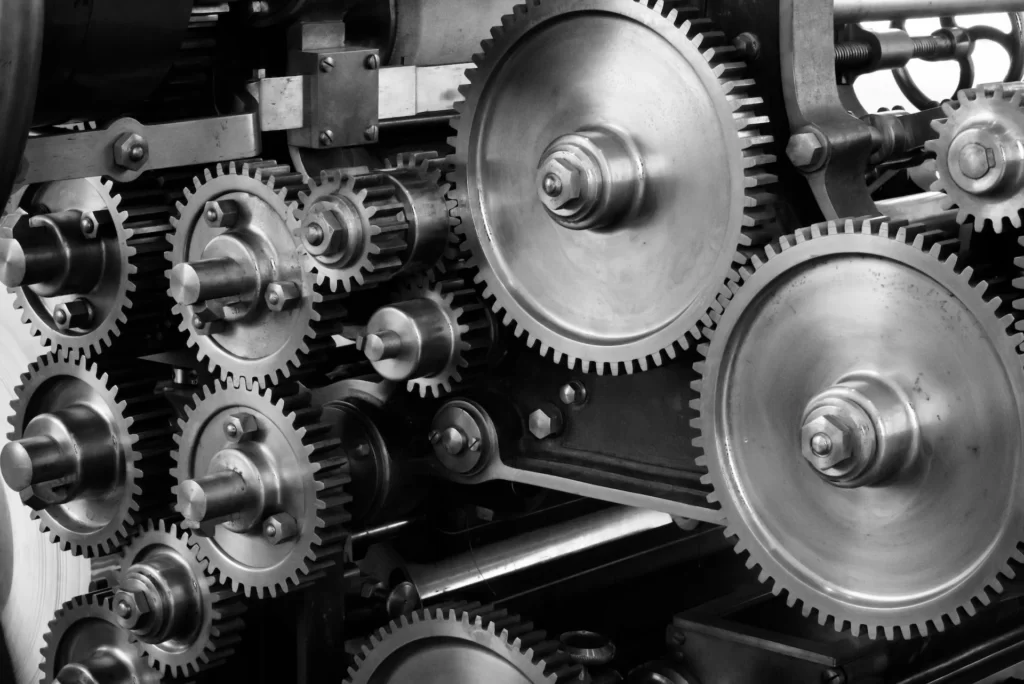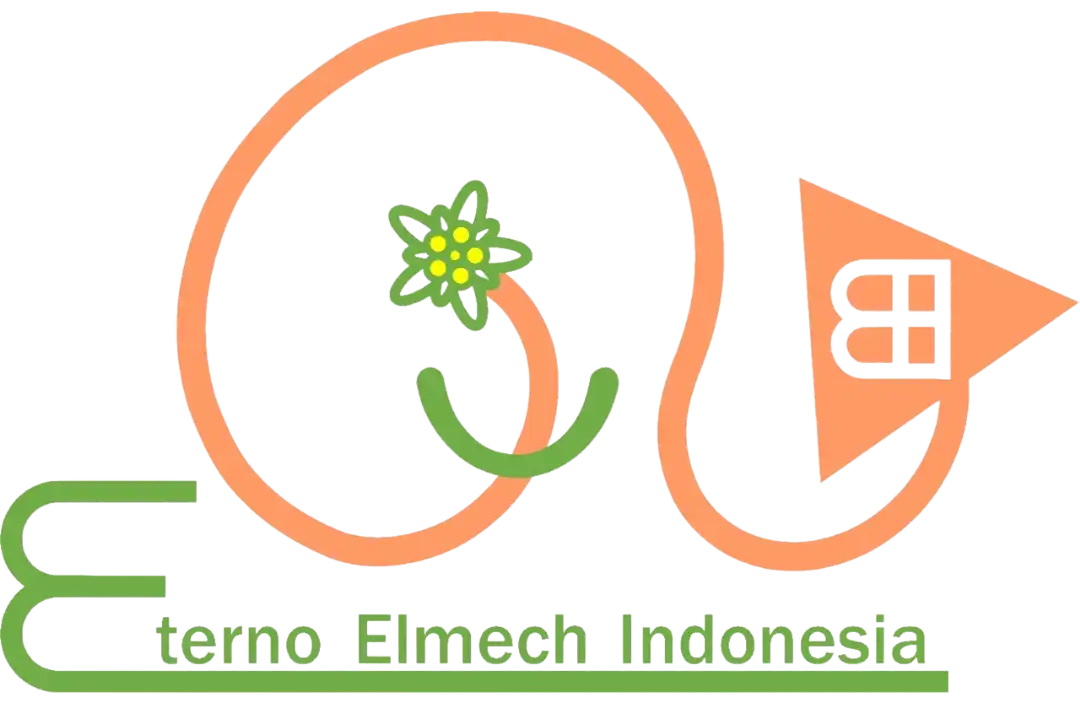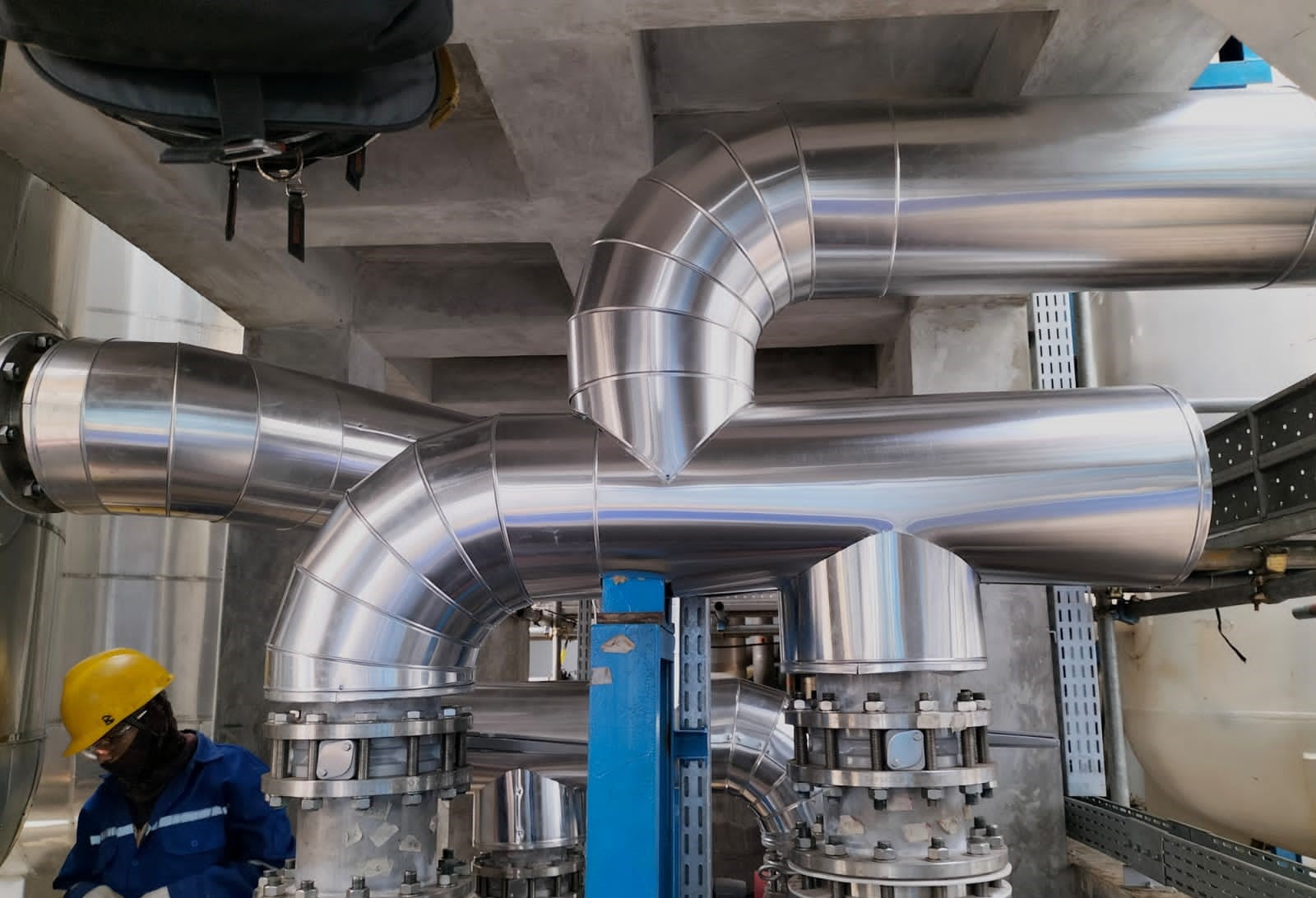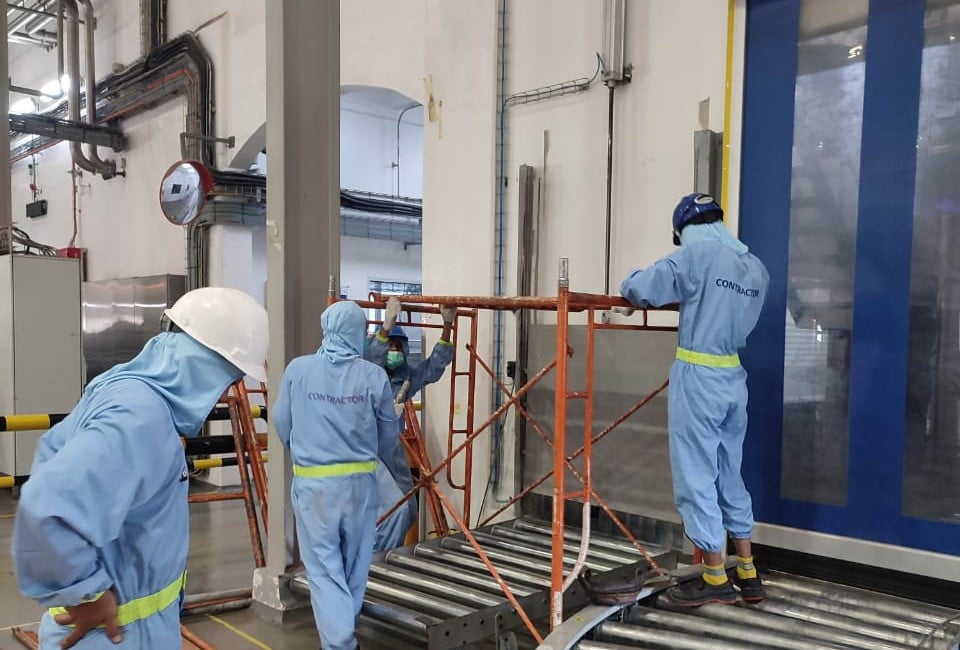
Mechanical Service
Mechanical services work involves the construction, installation, replacement, repair, alteration, maintenance, testing or commissioning of a mechanical heating or cooling system in commercial and residential buildings, for example air conditioning, refrigeration and air handling systems.
- Ducting
A system of ducts used for a particular purpose, as in a ventilation or heating system
the pipes, vents, etc., belonging to such a system. - Insulation
Install and replace the materials used to insulate buildings or mechanical systems. A distinction is made between construction insulation work (insulating the enclosing members of buildings and structures) and installation insulation work (insulating pipelines, heating units, and refrigeration units).
Depending on the dimensions and configuration of the surface being insulated and also on the type of insulating material, the insulation barrier may be produced by laying and securing large factory-made pieces (slabs, blocks, and segments), soft roll materials (blankets and rope), or small individual articles (bricks), by directly applying or spraying various coatings, or by pouring loose materials. The pouring of loose materials and the application of coatings are the most labor-intensive types of heat-insulation work. When a loose material is poured, steps are taken to prevent spontaneous compaction of the insulating material and the formation of cavities in it. Spraying and pouring, which are relatively new methods of insulation, use polymeric insulating materials in the form of hardening foams. Both ready-mix polymer foams produced by mixing a liquid polymer with a foaming agent (for example, mipora, a foamed-plastic insulator) and polymer compounds that foam during the hardening process (phenol or polyurethane sealing compounds) are used.
In addition to installing or applying the insulating material itself, insulation work includes steps to ensure that the insulation is protected from moisture, vapor, and mechanical damage. Provision is made for vapor barriers if the insulating material will be exposed to moisture, as in the case of pipelines laid in the open air or underground or if one side of the element being insulated is exposed to temperatures below 0°C (refrigeration units, buildings in cold climates). In the latter case, water vapor condenses on the cold surface, and consequently the vapor barrier is placed on the warm side of the components. The insulation is protected from mechanical damage by facing it with dense materials, installing special protective casings (for example, metal), or plastering.
- NDT NON-DESTRUCTIVE TESTING
Non-destructive testing (NDT) is a testing and analysis technique used by industry to evaluate the properties of a material, component, structure or system for characteristic differences or welding defects and discontinuities without causing damage to the original part.
What are the Advantages of using NDT?
There are a number of distinct advantages, the most obvious of which is that the pieces being tested are left undamaged by the process, allowing for an item to be repaired rather than replaced should any problems be found.It is also a very safe testing method for operators, with most techniques being harmless to humans, although some types of test – such as radiographic testing – still need to be conducted under strict conditions. This testing technique can also help prevent injury or fatalities by ensuring structures, components and machinery is safe.
Non-destructive testing is also a very accurate way of inspection since the tests are repeatable and a number of tests can be used together to correlate results.
These testing methods are also economical. Unlike destructive testing, NDT is cost effective as it can prevent the need to replace an item before malfunction occurs without destroying the piece itself.This testing technique also offers operators peace of mind, knowing that equipment is functioning as it should, preventing future accidents and determining any measures that can be taken for life extension.
It is also useful for testing of welds and verification of welding procedures to ensure that a welding process has been completed to the correct specification within the bounds of quality control, for example to make sure that the base metal has reached the correct temperature, cooled at the specific rate and that compatible materials have been used to prevent welding defects.
Gallery
Follow us
Civil, Structure and Architecture
Civil, Structure and Architecture
Your trust for us in handling civil, structural and architectural packages will be managed until the project is complete
Learn MoreSystem Control and Automation
System Control and Automation
With our system control and automation services, you can enhance productivity, reduce costs, and increase safety
Learn MoreSupplier Electrical Part
Supplier Electrical Part
Our commitment to quality and reliability makes us the preferred supplier of electrical parts for many businesses
Learn MoreMechanical Service
Mechanical Service
We provide expert mechanical services to keep your systems performing at their best
Learn MoreElectrical Service
Electrical Service
From installations to repairs, we offer comprehensive electrical services
Learn More

